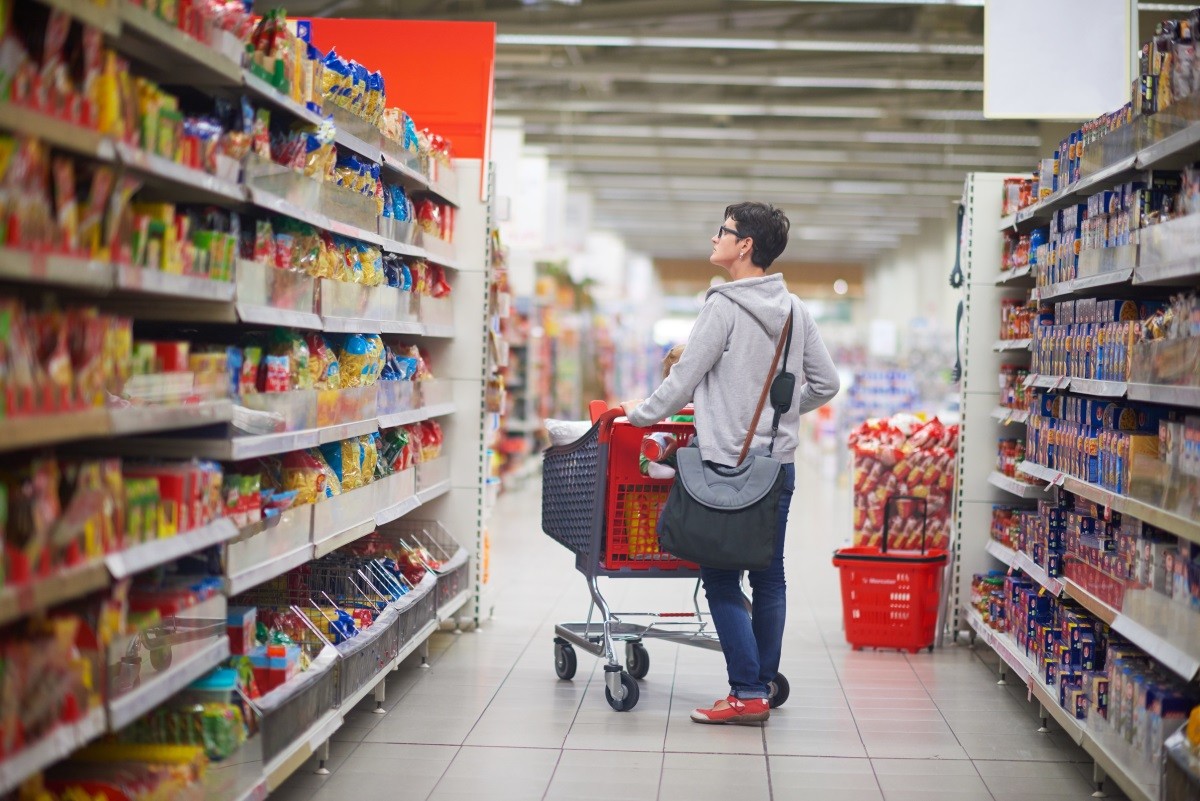Walking into any grocery you’d care to name is a familiar experience. It’s not just because grocery shopping is a regular activity. It’s because they’re all laid out in the same way.
No matter where you go, grocery stores follow a formula.
So, this blog, “Grocery store layouts: why are they all so similar?”, is dedicated to talking about what the standard grocery store setup is intended to do and how it compels consumers to purchase beyond what they came to the store for.
Psychological triggers.
There is no psychological trigger more potent than that of scent. A scent can trigger memories of people, places and events in our lives. That’s especially true of the scent of flowers and bread.
And where do we find the flowers and bread in a grocery store? Right by the front entrance. As soon as you’re through the door, your sense of smell is assailed by these comforting scents, putting you in a pleasant mood (even if only momentarily).
Right in the decompression zone (the open area just inside the front door), shoppers are prepared to buy with sensory triggers. It’s not just the scents that get you. It’s the colorful bunches of flowers, so evocative of celebration and the warmer days of the year.
But the message those flowers are sending are of “freshness”, indicating that your grocery store is a source of health and nutrition. That message creates a mood.
Produce.
The theme of freshness is most prevalent in the produce department. In the grocery store layout, this is placed to the right of the entrance, or directly in front of it, ensuring it’s the first thing you see.
There, the fresh fruit and vegetables lay in attractive piles, waiting to be purchased. Even though the grocery store is full of frozen and prepared foods in other departments, the immediate sight of the produce department casts the establishment as one which cares about your health, as it offers the bounty of the earth, the moment you walk in.
Again, this creates a certain ambience – one of nutritional legitimacy.
Staples.
Staples like eggs and milk are always found in the furthest reaches of the store. That’s because you need to walk past all the other products on hand (especially featured and demonstration items), on your way back there. It’s only the most marketing-impervious shopper who will make this journey untouched by the appeals encountered on the way to the back of the store for what they came in for.
And remember, on the way to the check out, shoppers must pass by all the products they’d already passed on their trek to the staples section.
Grocery layouts all follow a strategic pattern, designed to trigger and nurture the consumer buying impulse.
Clip Strip Corp.
Clip Strip Corp. is an innovator in retail POP display supports. Since 1980, we’ve been designing, developing and manufacturing premium display accessories for retailers like you.
Contact us to discover a world of exceptional visual marketing aides, with Clip Strip Corp.

